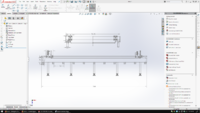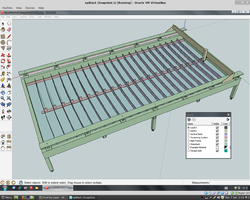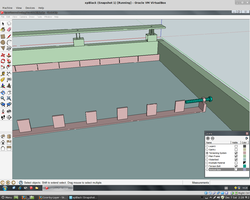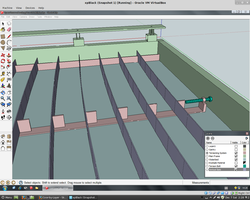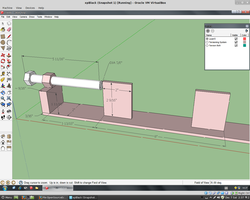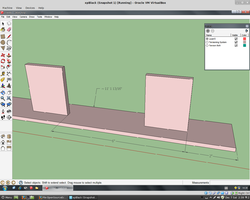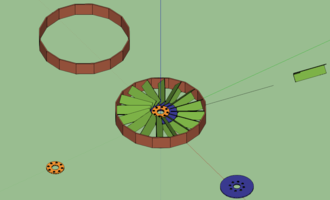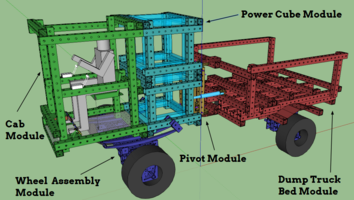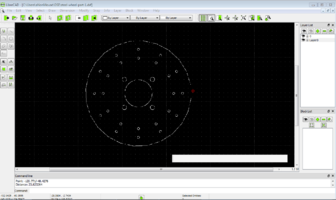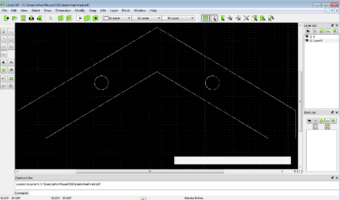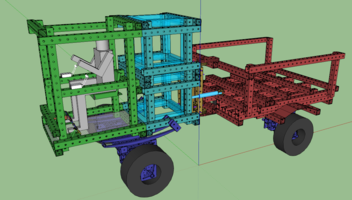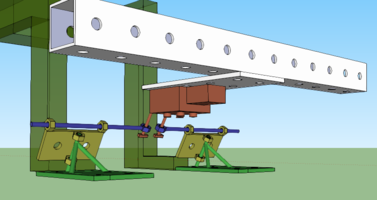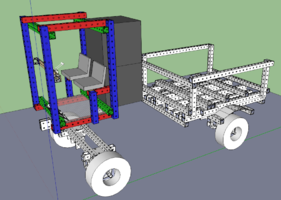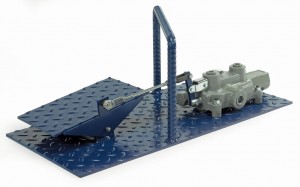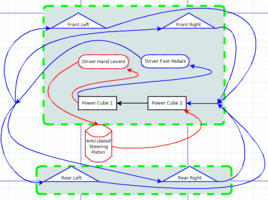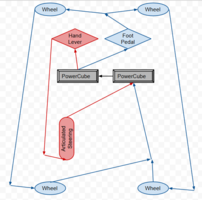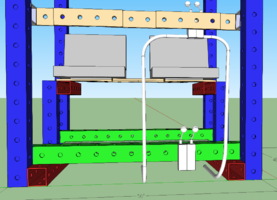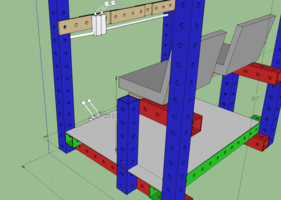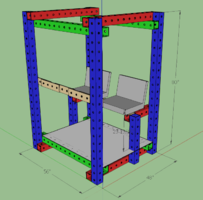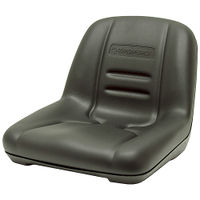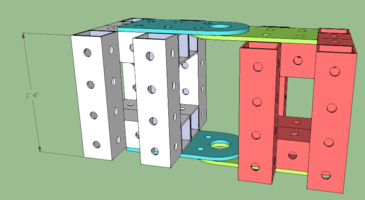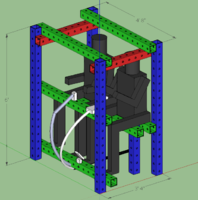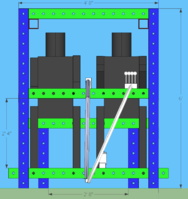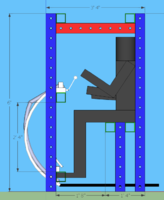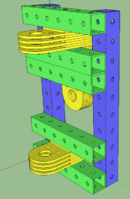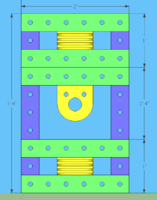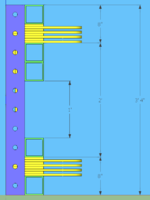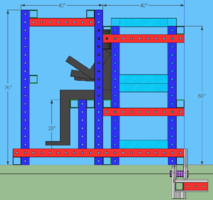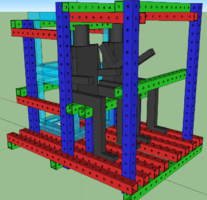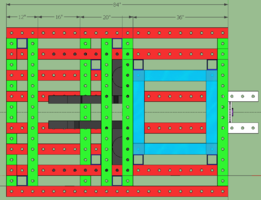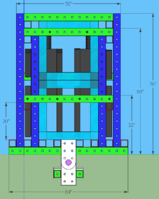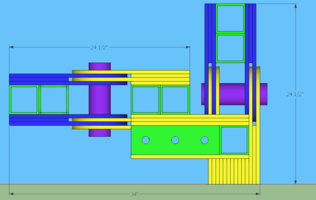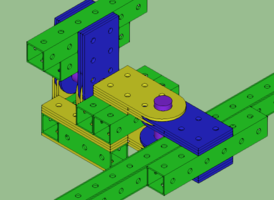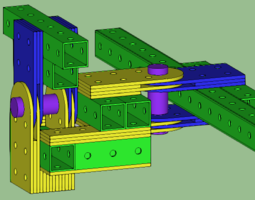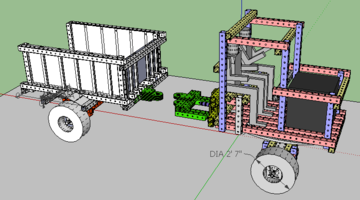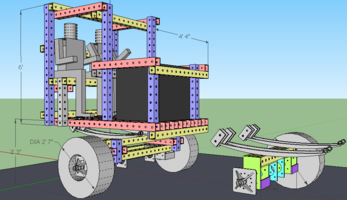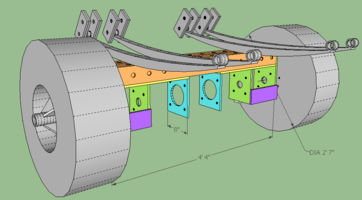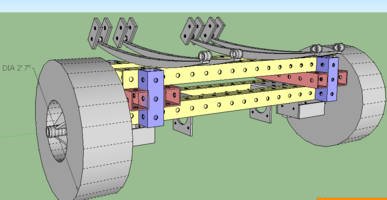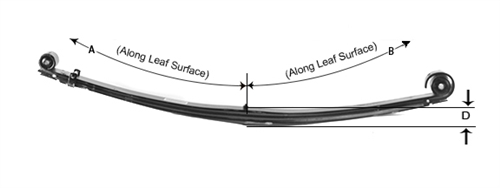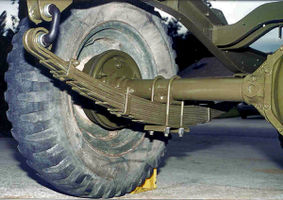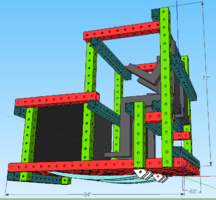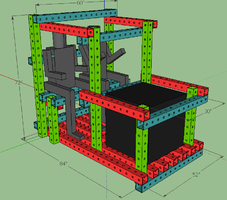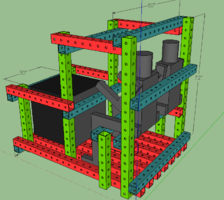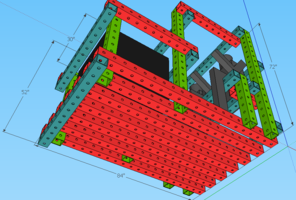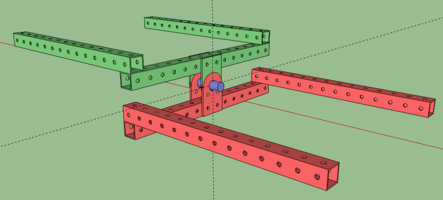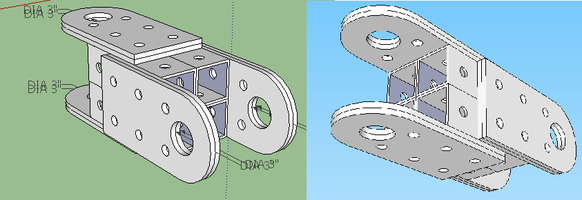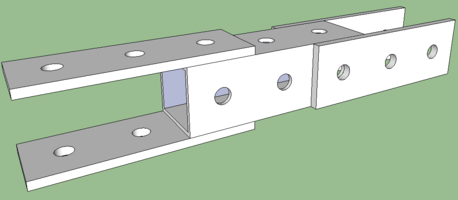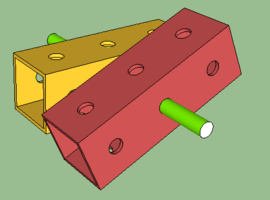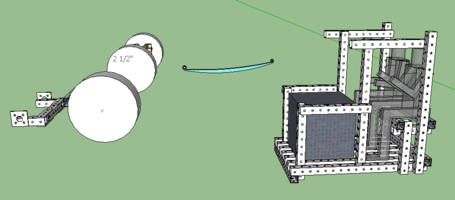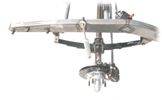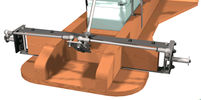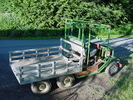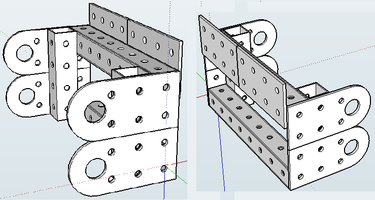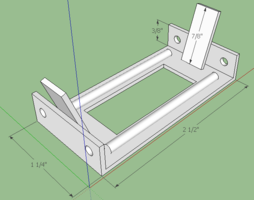Chris DeAngelis Log: Difference between revisions
No edit summary |
|||
| Line 7: | Line 7: | ||
*[[Chris_DeAngelis_Dedicated_Project_Visit_2 | 2013 DPV Application]] | *[[Chris_DeAngelis_Dedicated_Project_Visit_2 | 2013 DPV Application]] | ||
*[[Chris_DeAngelis_Dedicated_Project_Visit | 2012 DPV Application]] | *[[Chris_DeAngelis_Dedicated_Project_Visit | 2012 DPV Application]] | ||
|} | '''Skills'''' | ||
*3D CAD | |||
*Machine Design | |||
*Wiki Editing|} | |||
====March 10, 2018==== | ====March 10, 2018==== | ||
Revision as of 18:31, 10 March 2018
| Quick Links
Skills'
March 10, 2018Collecting current information on Torch Table. Having trouble finding active users. Would like to create an instructional video on how to quickly jump into the project. Using the 3 following search terms to find all pages on the torch table project: 2016March 5, 2016added parts to the CNC Torch Table assembly STP file. Still struggling with FreeCAD, but recent versions of freecad are getting much closer to production class. In my estimation, FreeCAD is currently the most suitable CAD software for Open Source Ecology development, in light of is open source code, and functionality. I am also impressed by openSCAD and SolveSpace, however they seem more useful for small 3D printable objects. Sketchup seems best for architecture. As for the Torch Table, I will be devoting 100% of my "ample spare time" to it's development. I realize I may have been part of the bottleneck, by not yet finishing the promised exploded assembly drawings. However, I am also trying to comb through all of the documentation on the torch table (reptab) that OSE has accumulated over the years. To me the Torch Table development/"design" can be broken down into 4 parts: 1) physical structure (frame, gear rails, gantry), 2) Electronics (arduino, stepper motors), 3) Software (arduino programming, STP file creation, Gcode creation), 4) clear and concise documentation that will encourage replication. Winter 2013-14February 5, 2014
December 18, 2013
December 14, 2013It is my understanding that the .step file format is the most compatible 3D cad format. It is based on ISO (International Standards Organization). when saving a 3d assembly as a step file, dimensions are preserved, and parts are segregated. The main problem with step files, (which is possible to overcome) is that if you design a cylinder by drawing a 2d circle and extruding it (push/pull), you can later adjust the diameter of the circle, which the cylinder diameter is linked to. In a step file, the 2d circle is lost, and it may be impossible to adjust the cylinder diameter. The software I am currently experimenting with is as follows:
December 7, 2013Completed the design for the Torch Table Tensioning System in Sketchup: File:OpenSourceEcologyTorchTable.skp
December 4, 2013
Summer 2013June 23 through June 29
June 16 through June 22
June 9 through June 15
June 2 through June 8
May 26 through June 1
|
